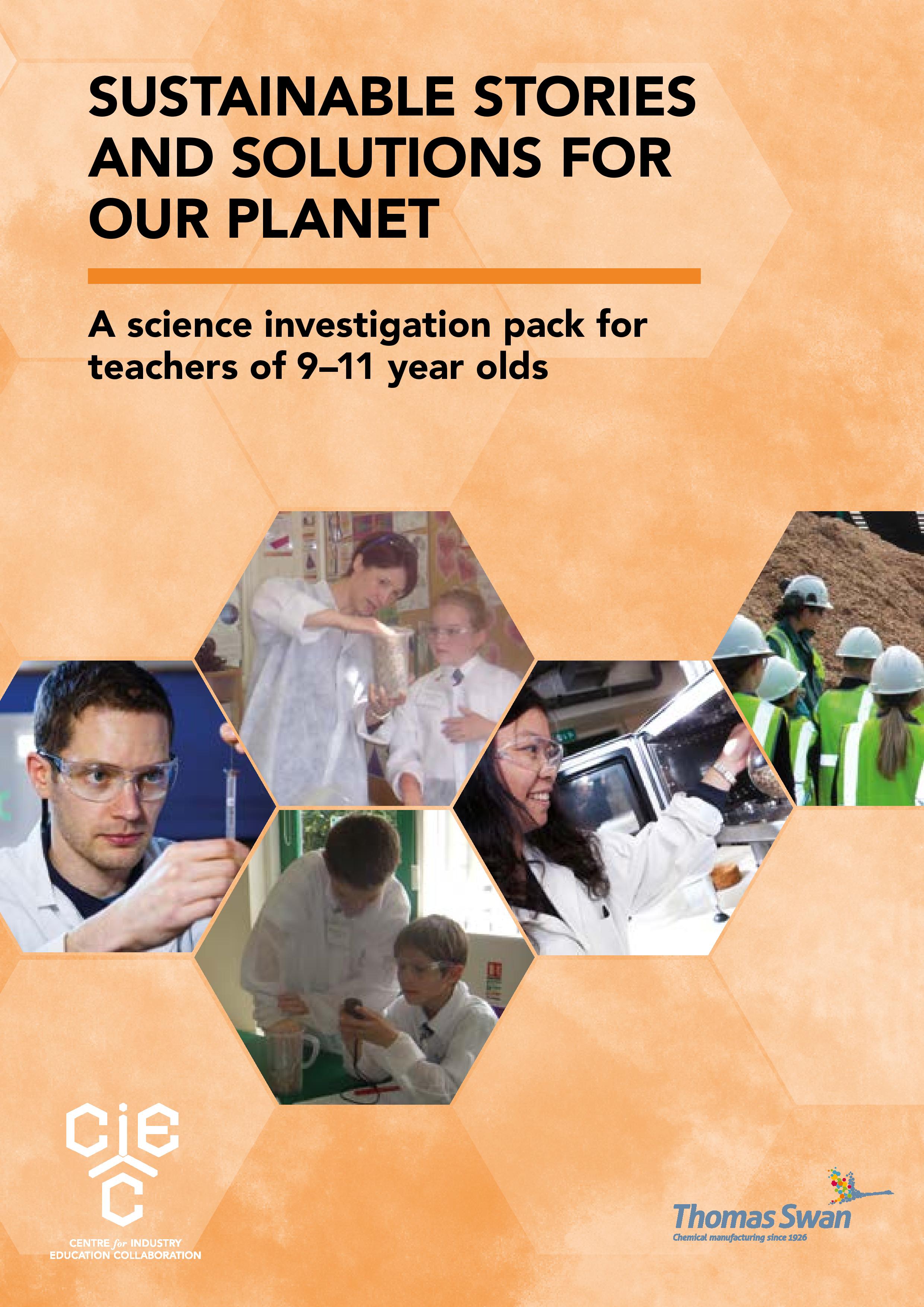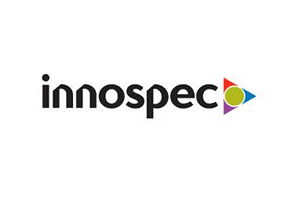Sustainability
CIEC's new publication: 'Sustainable stories and solutions for our planet' highlights the issues and impacts of sustainability for upper key stage two (9-11 year-olds) children.
It contains practical and discussion activities including:
Two generic introductory activities to develop children's awareness and understanding of sustainability.
Eight case studies from companies with a strong reputation in sustainability.
Download the full resource:
Introduction
Children carry out a survey to ascertain their thoughts about sustainability as well as their understanding of the impact of their own behaviour in actively bringing about change. They are encouraged to involve their families in the survey.
As a class, they create a "big-book" style environmental dictionary which will help others in their school to learn about important environmental issues.
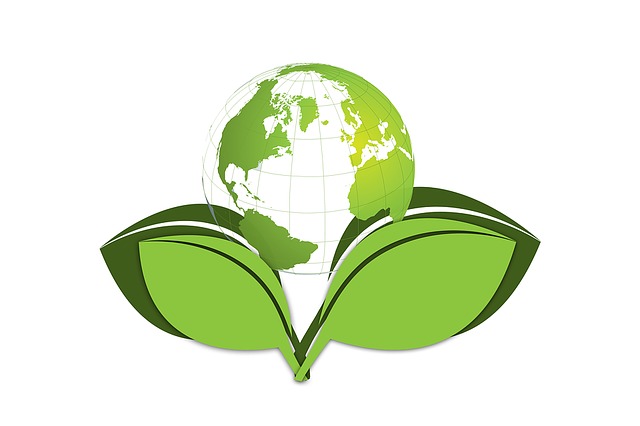
Sustainable materials: which soap?
Children carry out a sequence of three investigations to research the environmental benefits of using a solid, as opposed to a liquid cleaning product, while developing their science and maths understanding through practical activities.
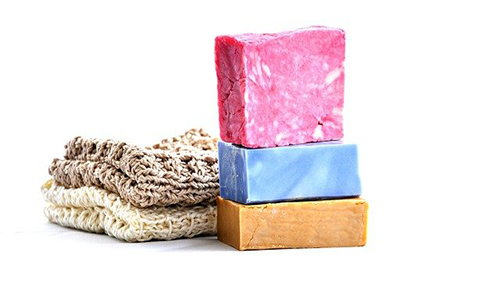
Sustainable materials: how much shampoo?
Children discuss the importance of using just the right amount of shampoo; as not enough will not wash the hair effectively but too much would be a waste of shampoo. They investigate how much shampoo is the ‘best’ amount.

Sustainable materials: which packaging?
Children discuss the importance of minimising the quantity of raw materials that we use to make single use packaging. They then explore a range of possible packaging materials before finding out about an innovative solution that one company is developing. They then test different types of paper as potential packaging for soap and shampoo bars.
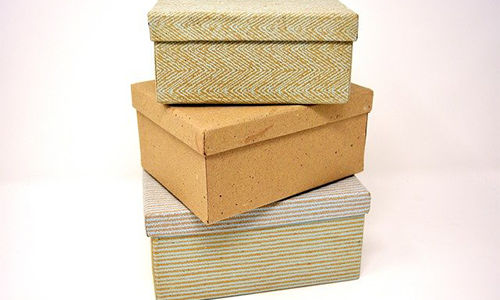
Sustainable materials: which metal?
Groups investigate how metals can corrode when exposed to substances in the environment and that rusting is one type of corrosion. Children are introduced to the properties and uses of precious metals and consider how one company uses these to reduce the amount of dangerous gases emitted by high numbers of vehicles on our roads today.
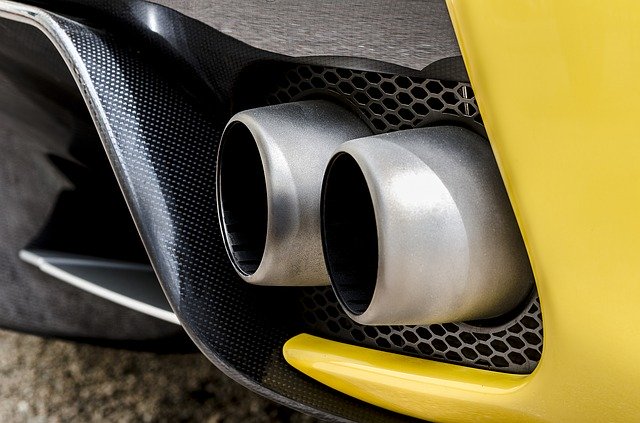
Sustainable materials: which plastic?
Children identify and name plastics by observing what happens when samples are placed in different liquids and when a force is applied. They learn about the impact that plastics can have on the environment and why it is important to recycle plastic items. They consider how one company supports a recycling scheme to reduce the amount of U-PVC that is usually used once and sent to landfill sites.
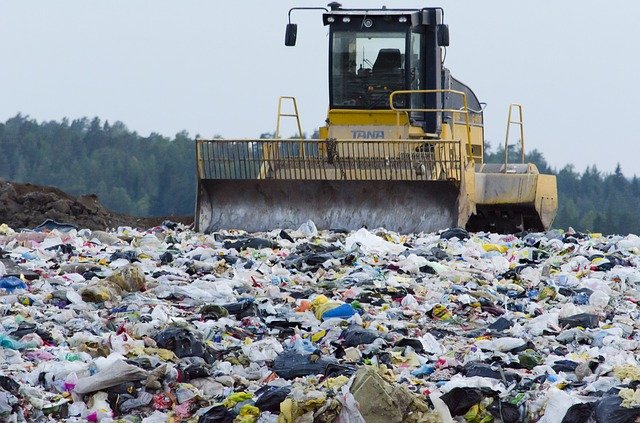
Sustainable methods of cleaning: which washing product?
Groups plan and carry out their own fair test to investigate how effective different commercial washing products are at removing stains from fabric. They consider how one company has developed an ingredient for a new washing product which washes clothes more effectively so that we wash or replace them less frequently.
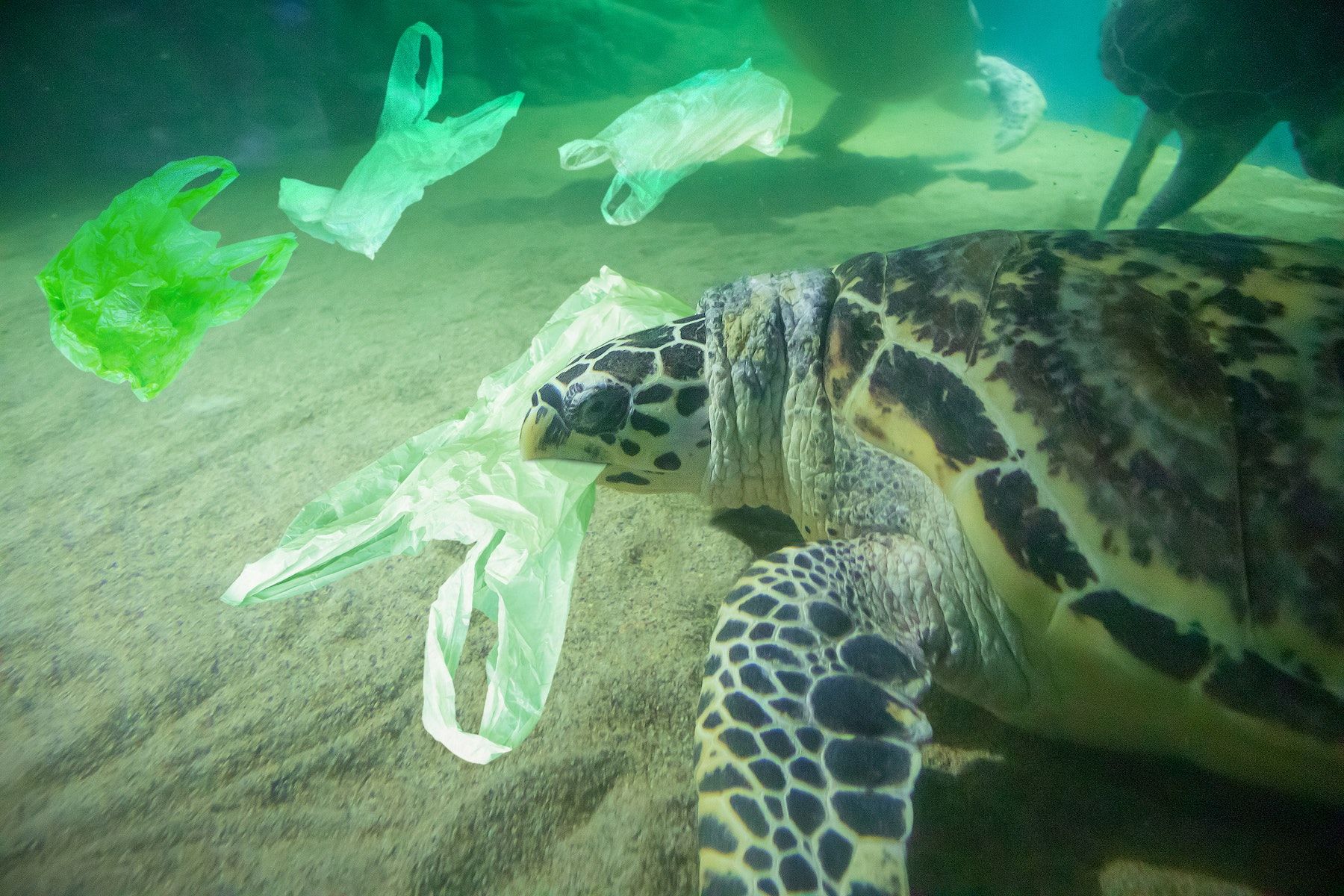
Sustainable sources of food: how can we grow oyster mushrooms?
Children consider the benefits of following a more sustainable diet as an alternative to obtaining meat from animals as a source of protein. They are challenged to grow a crop of oyster mushrooms as a sustainable food source before learning about one company's solution to producing protein-rich food in a sustainable way.
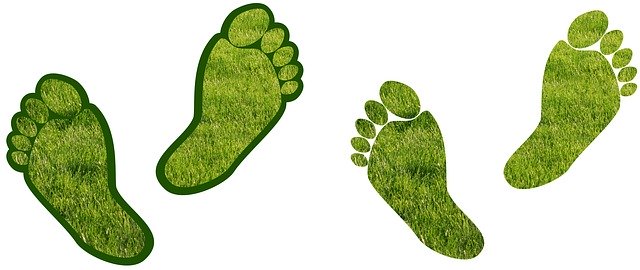
Sustainable sources of energy: which plant materials?
This activity focuses on renewable energy and how this can be less harmful to the environment than burning fossil fuels. They are challenged to carry out two investigations for a fictitious company in order to find a sustainable plant-based source of fuel. They learn about a real company's solution to producing energy for electricity from natural, sustainable sources such as plants.

